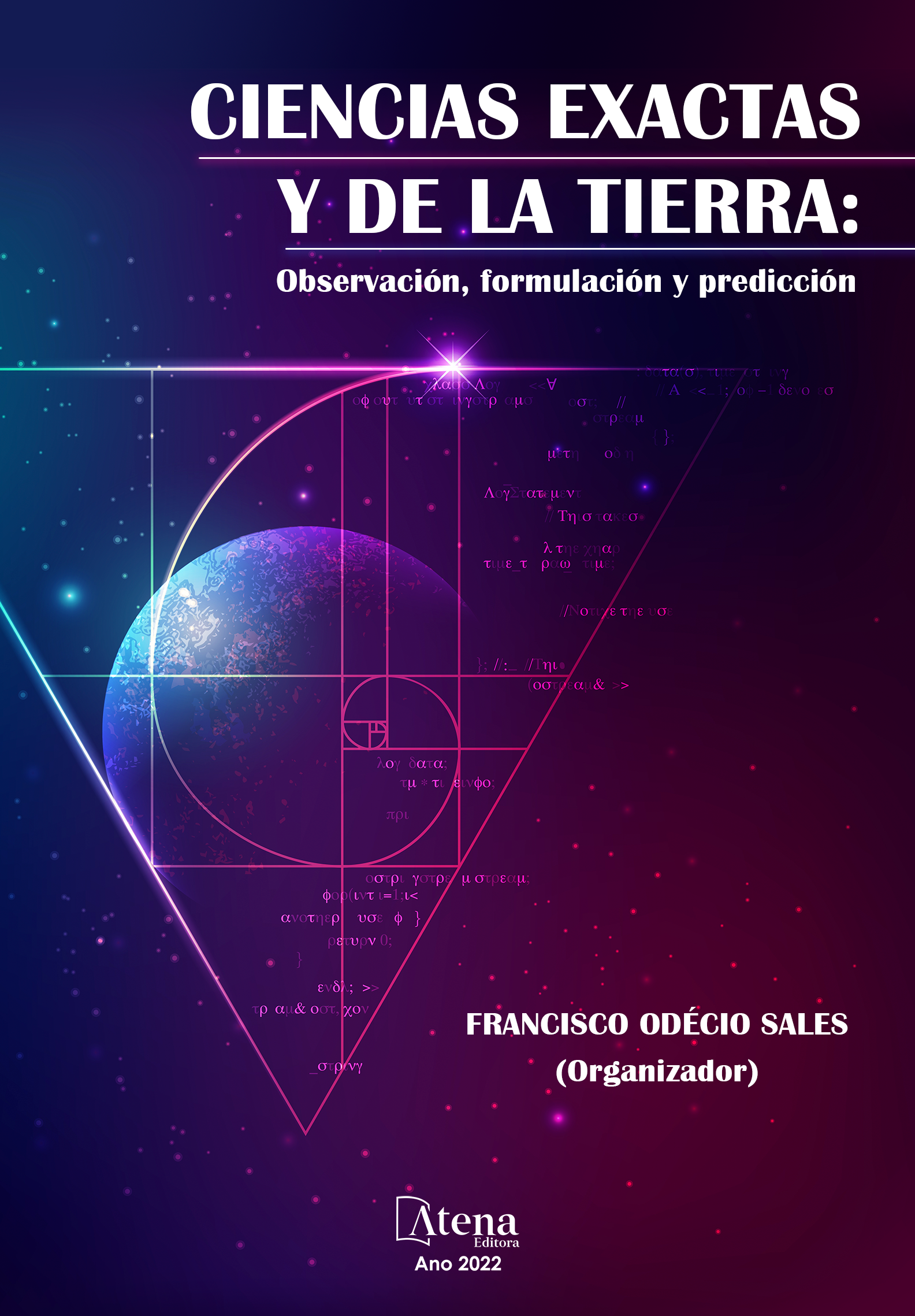
APLICACIÓN DE LA BIOMASA DEL HONGO Aspergillus niger PARA LA REMOCIÓN DE MERCURIO EN SOLUCIÓN
En este trabajo, se analizó la capacidad de remoción de mercurio (II) en solución acuosa por la biomasa del hongo Aspergillus niger por el método de Espectrofotometría de Absorción Atómica. El hongo crece hasta en 2000 ppm del metal (20.3% de crecimiento con respecto al control). Se evaluó la bioadsorción a diferentes valores de pH (3.5, 4.5 y 5.5) y a diferentes tiempos. También se estudió el efecto de la temperatura en el intervalo de 28°C hasta 45oC y la remoción a diferentes concentraciones iniciales de mercurio (II) de 100 a 500 mg/L. La mayor bioadsorción (83.2% con 100 mg/L del metal y 1 g de biomasa) fue a las 24 h, a pH de 5.5. Con respecto a la temperatura, la más alta remoción fue a los 28oC, con un 83.2% de remoción a las 24 h, y a mayores concentraciones de biomasa, la remoción fue más eficiente (100%, 12 h y 5 g de biomasa). La biomasa natural mostró una excelente capacidad de remoción del metal in situ, 69% de remoción a partir de aguas contaminadas, a los 7 días de incubación y 5 g de la biomasa (100 mL de agua), por lo que se puede utilizar para eliminarlo de aguas residuales industriales.
APLICACIÓN DE LA BIOMASA DEL HONGO Aspergillus niger PARA LA REMOCIÓN DE MERCURIO EN SOLUCIÓN
-
DOI: 10.22533/at.ed.0872207031
-
Palavras-chave: Remoción, biomasa, Aspergillus niger, mercurio
-
Keywords: Removal, biomass, Aspergillus niger, mercury
-
Abstract:
In this work, the removal capacity of mercury (II) in aqueous solution by the biomass of the Aspergillus niger fungus was analyzed by the Atomic Absorption Spectrophotometry method. The fungus grows up to 2000 ppm of the metal (20.3% growth with respect to the control). Bioadsorption was evaluated at different pH values (3.5, 4.5 and 5.5) and at different times. The effect of temperature in the range of 28°C to 45°C and removal at different initial concentrations of mercury (II) of 100 to 500 mg/L were also studied. The highest bioadsorption (83.2% with 100 mg/L of the metal and 1 g of biomass) was at 24 h, at a pH of 5.5. Regarding temperature, the highest removal was at 28oC, with 83.2% removal at 24 h, and at higher biomass concentrations, removal was more efficient (100%, 12 h and 5 g of biomass). The natural biomass showed an excellent in situ metal removal capacity, 69% removal from contaminated water, at 7 days of incubation and 5 g of biomass (100 mL of water), so it can be used for remove it from industrial wastewater.
-
Número de páginas: 23
- Nancy Pacheco Castillo
- Adriana Rodríguez Pérez
- Juan Fernando Cárdenas González
- Víctor Manuel Martínez Juárez
- Francisco Navarro Castillo
- Erika Enríquez Domínguez
- Juana Tovar Oviedo
- Jose Ismael Acosta Rodríguez


